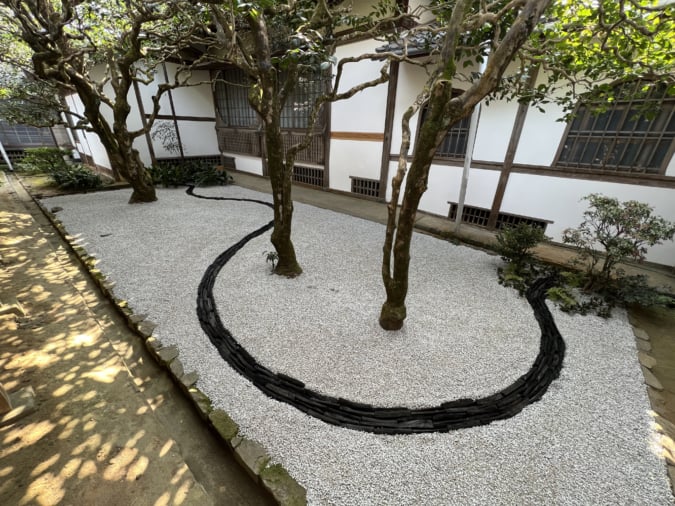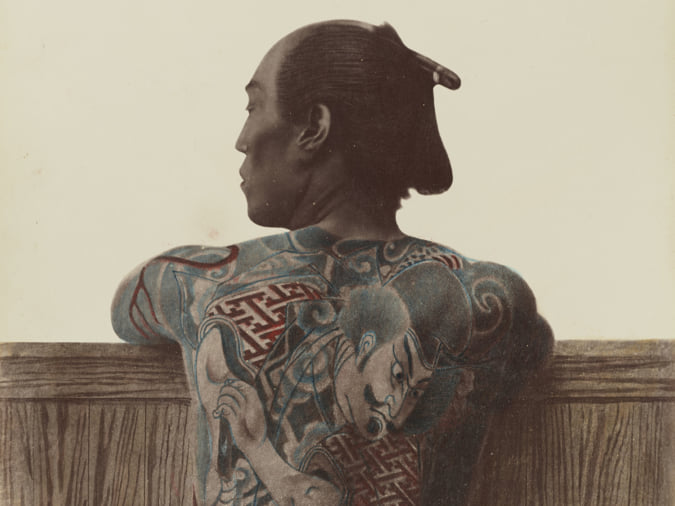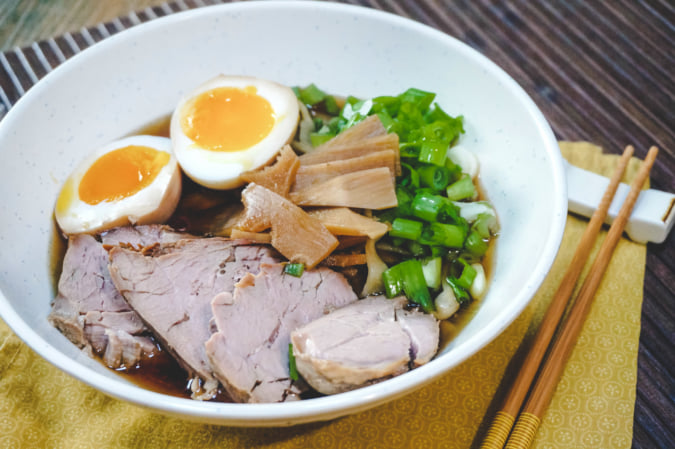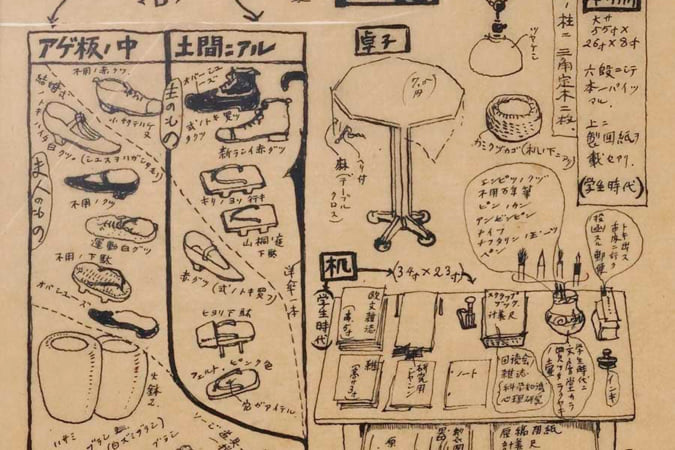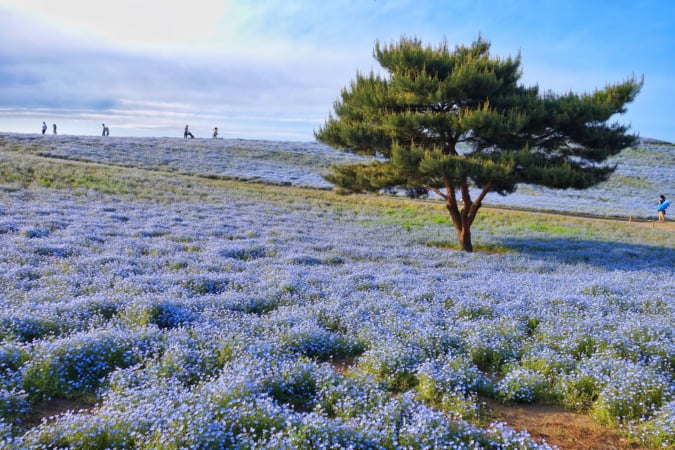PokoPoko, an Oasis of Calm in a Volcanic Region
Located close to Mount Nasu, one of the 100 Famous Japanese Mountains, this complex invites guests to relax in the heart of nature.
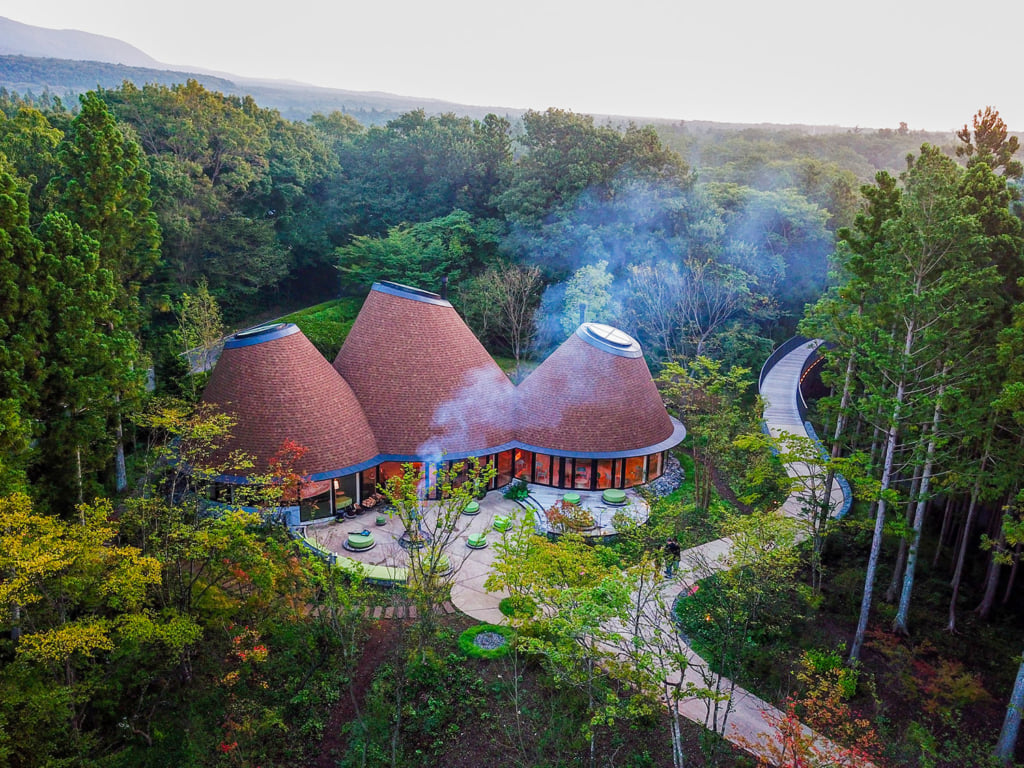
© Mark Dytham
Designed by Klein Dytham Architecture, this infrastructure made up of three conical buildings is found within the Hoshino Resorts Risonare hotel complex. Intended to act as a junction between the two buildings where the bedrooms are found, it is designed to accommodate guests’ activities.
PokoPoko, which is Japanese for ‘stick out’ or ‘stick up’, is situated on the Nasu Plateau, an agricultural region in Tochigi Prefecture that lies one hour and 15 minutes from Tokyo by Shinkansen. The hotel was built to blend in with the surrounding nature. Its structure is made from pine from the local area, and the base of each of the cones has large windows all around to offer a 360-degree view onto the outside. The very tops of the buildings have windows too, creating a natural light well. Inside, the architectural firm wanted wood to feature prominently, and it is omnipresent from the walls to the floor.
A building for each activity
Each of the cones that makes up PokoPoko is dedicated to a specific activity: one contains a ball pool and large nets suspended from the ceiling where children can play while their parents watch; another is devoted to cookery lessons, with recipes using ingredients grown by market gardeners who live in the area around the Risonare; and the last houses a room with multiple seating areas arranged around a chimney.
PokoPoko’s conical architecture is reminiscent of that of Jikka, a tepee-style house designed to welcome elderly people in Shizuoka Prefecture.
More information about PokoPoko can be found on the hotel website.

© Nacasa Partners
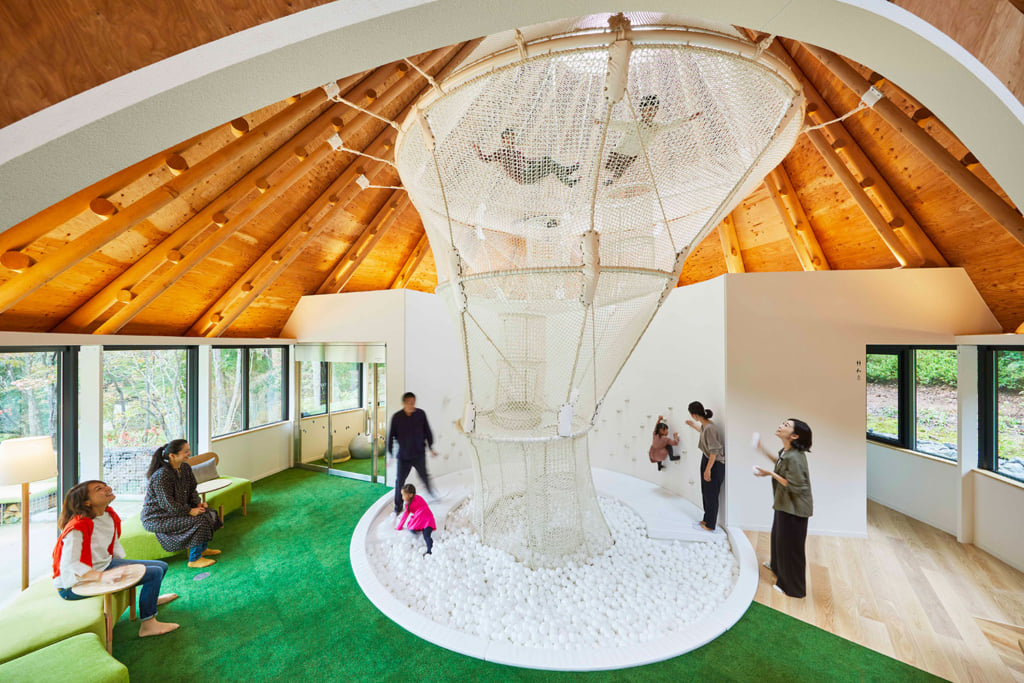
© Nacasa Partners
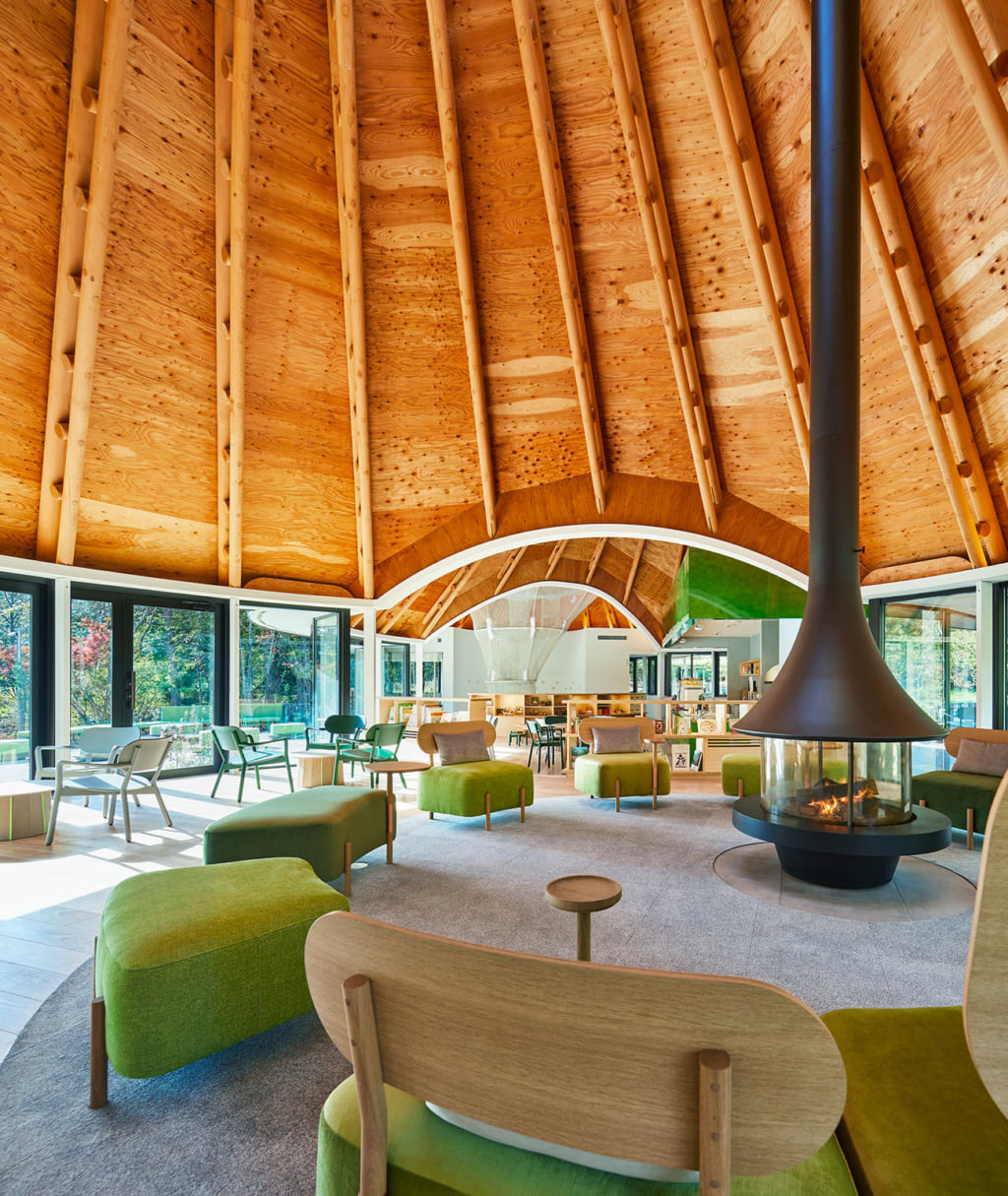
© Nacasa Partners
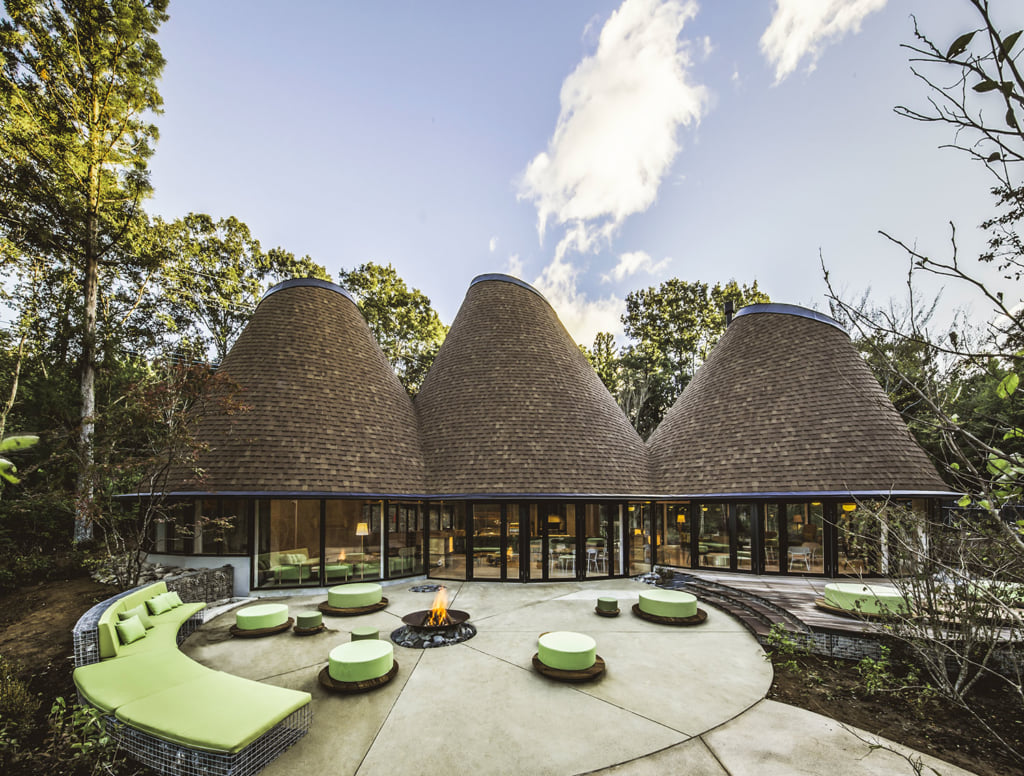
© Brian Scott Peterson
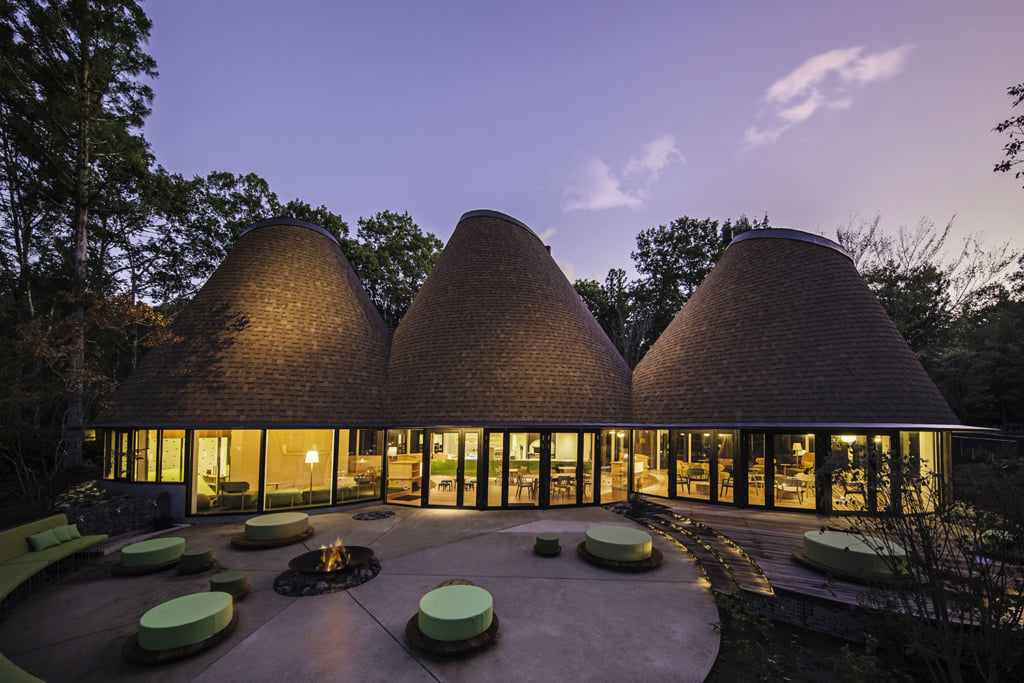
© Brian Scott Peterson
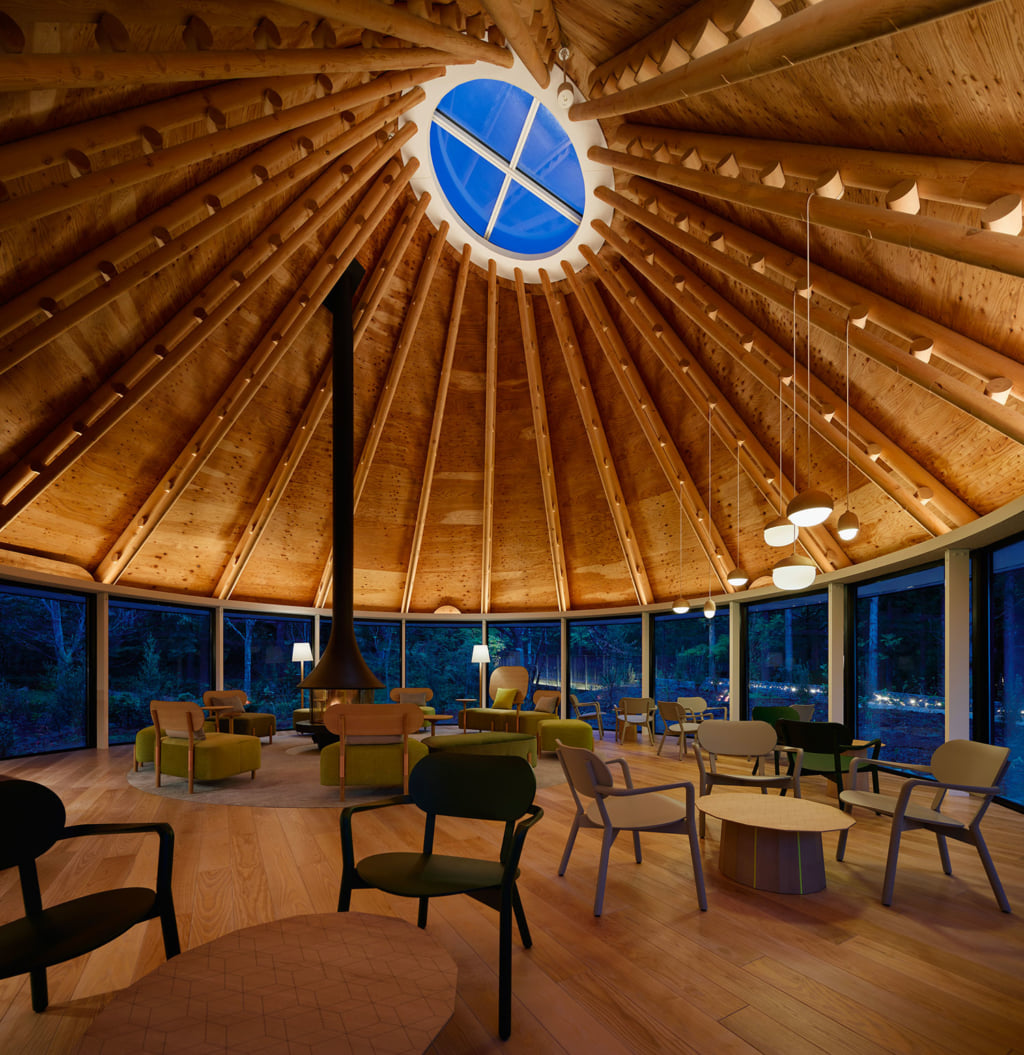
© Nacasa Partners
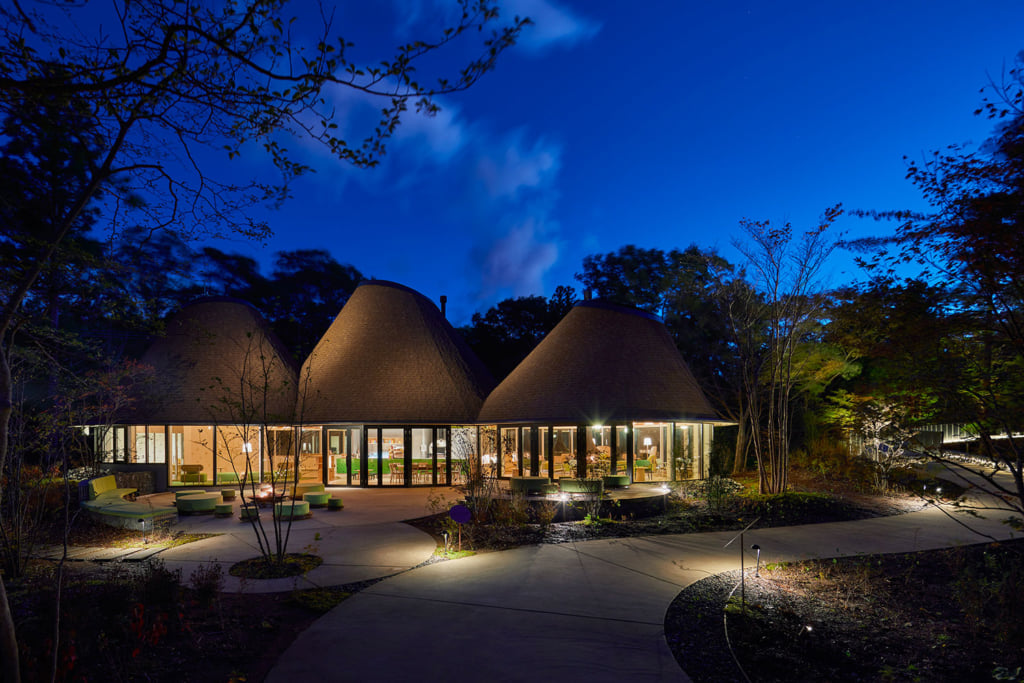
© Nacasa Partners
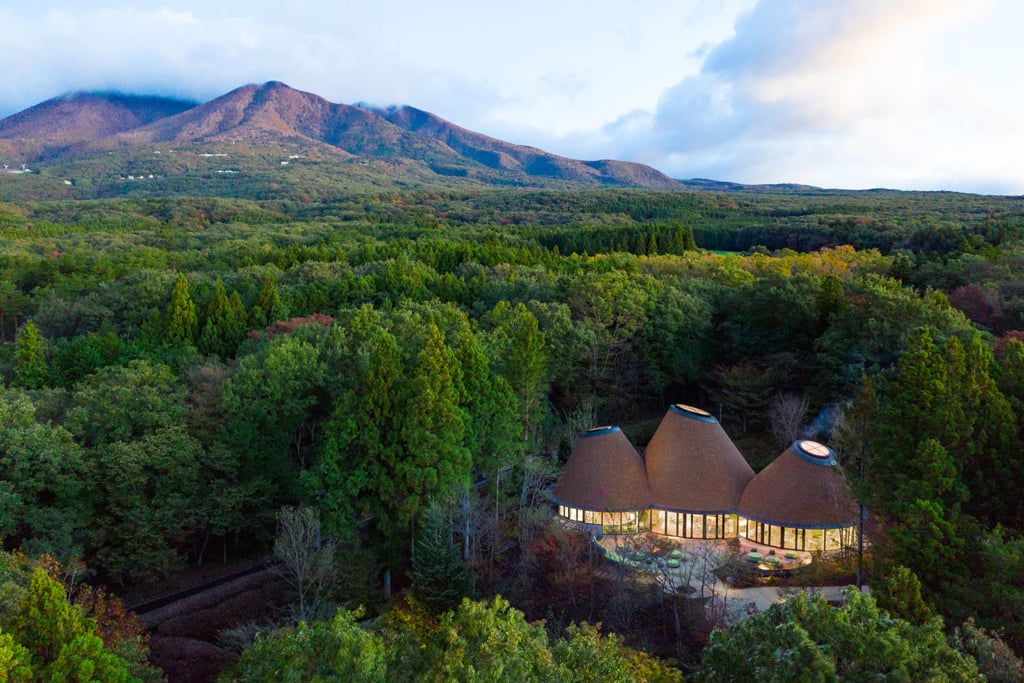
© Nacasa Partners
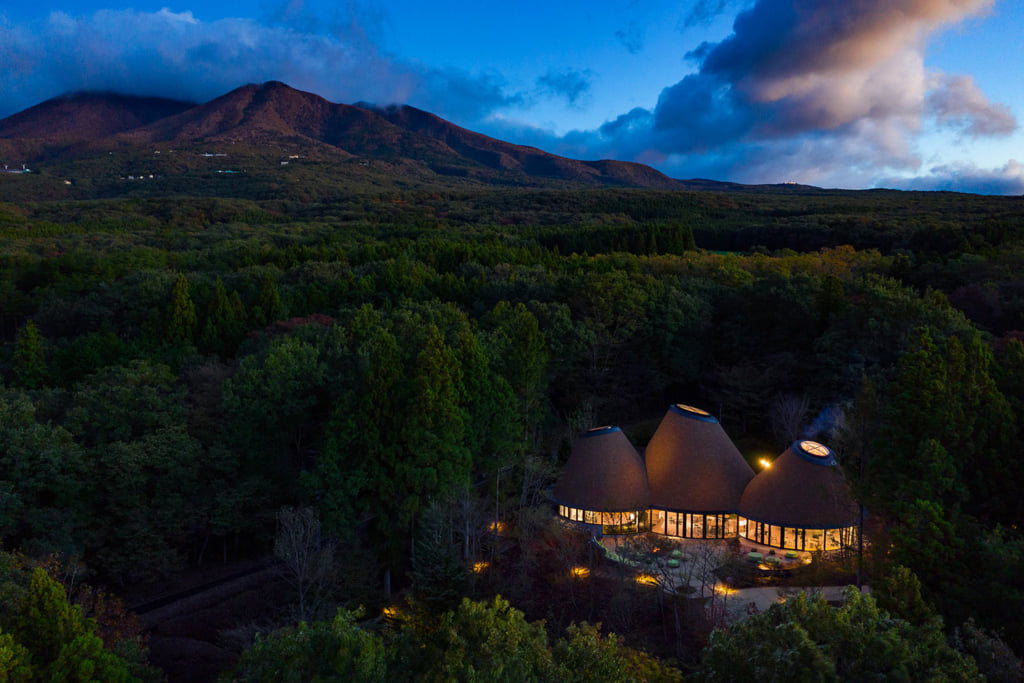
© Nacasa Partners
TRENDING
-
A Rare Japanese Garden Hidden Within Honen-in Temple in Kyoto
Visible only twice a year, ‘Empty River’, designed by landscape architect Marc Peter Keane, evokes the carbon cycle.

-
Colour Photos of Yakuza Tattoos from the Meiji Period
19th-century photographs have captured the usually hidden tattoos that covered the bodies of the members of Japanese organised crime gangs.

-
Recipe for Ichiraku Ramen from ‘Naruto’ by Danielle Baghernejad
Taken from the popular manga with the character of the same name who loves ramen, this dish is named after the hero's favourite restaurant.

-
Modernology, Kon Wajiro's Science of Everyday Observation
Makeup, beard shape, organisation of cupboards and meeting places: all of these details decipher 1920s Tokyoites.

-
Hitachi Park Offers a Colourful, Floral Breath of Air All Year Round
Only two hours from Tokyo, this park with thousands of flowers is worth visiting several times a year to appreciate all its different types.

